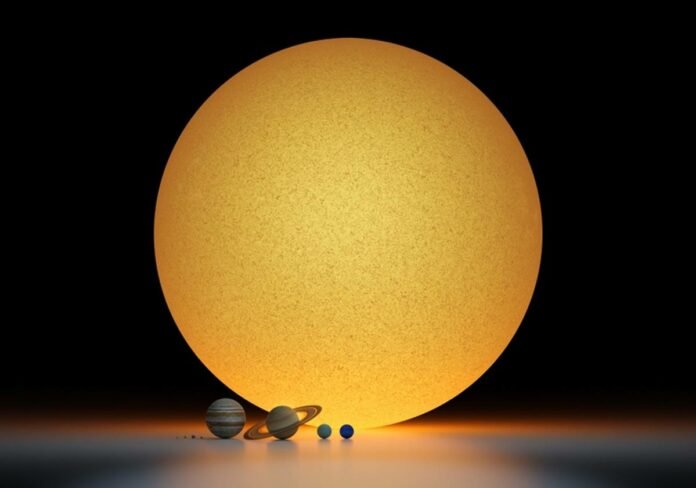Jupiter and the Search for Life: Could Its Moons Hold the Key?
Jupiter, the largest planet in our solar system, has long captivated our imagination with its immense size and striking features. While the gas giant itself is inhospitable to life as we know it, its system of moons presents an intriguing possibility in the search for life beyond Earth. In this article, we explore the potential of Jupiter’s moons as habitats for life and the ongoing scientific investigations that could hold the key to unlocking this cosmic mystery.
Jupiter boasts an impressive collection of moons, with a total of 79 known satellites to date. Among these, several moons have drawn considerable attention in the search for life. Europa, Ganymede, and Callisto, collectively known as the Galilean moons, are of particular interest due to their unique characteristics and potential for hosting environments that could support life.
Europa, the smallest of the Galilean moons, has garnered significant scientific interest. It is believed to harbor a subsurface ocean beneath its icy crust. This subsurface ocean is kept in a liquid state by tidal heating generated by the gravitational interactions with Jupiter and the other Galilean moons. The ocean of Europa is considered one of the most promising places in our solar system to search for extraterrestrial life. It is thought that the combination of liquid water, essential chemical elements, and potentially energy sources from hydrothermal vents could create a habitable environment for microbial life.
Ganymede, the largest moon in our solar system, is another tantalizing target for the search for life. It is the only moon known to possess its own magnetic field, indicating the presence of a subsurface liquid ocean. Ganymede’s ocean is believed to lie beneath a layer of ice, similar to Europa. The existence of this ocean and the potential for hydrothermal activity make Ganymede an intriguing candidate for habitability and a subject of scientific investigation.
Callisto, although less explored compared to Europa and Ganymede, also exhibits features that make it an intriguing moon in the search for life. Callisto is thought to have a subsurface ocean as well, along with a geologically diverse surface. The presence of a subsurface ocean, combined with a stable environment and organic-rich materials, raises the possibility of habitable conditions on this enigmatic moon.
Exploring Jupiter’s moons and searching for signs of life is a complex endeavor. It requires advanced space missions equipped with the necessary instruments and technologies to study these distant worlds in detail. NASA’s upcoming Europa Clipper mission, set to launch in the 2020s, will focus on exploring Europa’s potential habitability, characterizing its surface, and assessing its potential for life. The European Space Agency’s Jupiter Icy Moons Explorer (JUICE) mission, scheduled for launch in 2022, will also study Jupiter’s moons, including Ganymede and Callisto, providing valuable insights into their habitability.
The search for life on Jupiter’s moons extends beyond the boundaries of our solar system. Understanding the habitability and potential for life on these moons helps inform the search for exoplanets in distant star systems. By studying the conditions and environments that could support life on Jupiter’s moons, scientists can refine their understanding of the factors that contribute to habitability and expand their knowledge of the possibilities for life in the universe.
While the existence of life on Jupiter’s moons remains speculative, the tantalizing prospects and ongoing scientific investigations fuel our curiosity and drive our exploration efforts. The enigmatic worlds of Europa, Ganymede, and Callisto offer a glimmer of hope in the search for life beyond Earth. As we continue to study these moons and unravel the mysteries of their potential habitability, we come closer to answering one of the most profound questions in human history: Are we alone in the universe?
Jupiter’s moons hold the key to unlocking the secrets of life beyond our home planet. Exploring these icy worlds and investigating their potential for habitability brings us closer to understanding our place in the cosmos. The ongoing scientific endeavors and future space missions dedicated to studying Jupiter’s moons ignite our imagination and inspire us to push the boundaries of knowledge, with the hope of one day unraveling the profound mystery of extraterrestrial life.
